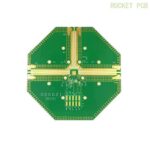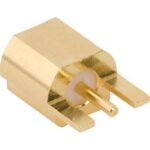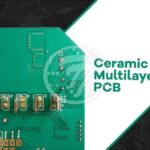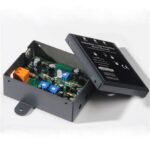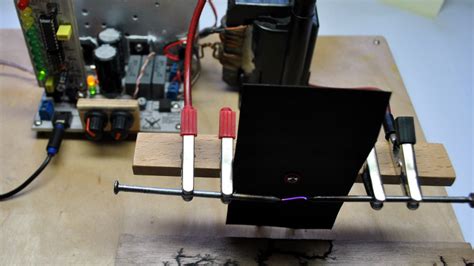
ALL ABOUT FLEX PCB
-
 Read more: 6 Tips for Evaluating High-quality Plasma Speaker Design
Read more: 6 Tips for Evaluating High-quality Plasma Speaker Design1. Plasma Exciter Design The plasma exciter is the core component of a Plasma Speaker that generates the modulated plasma field. A well-designed exciter is critical for producing clear, dynamic sound. Look for these characteristics in a plasma exciter: High Efficiency An efficient exciter can generate a strong acoustic output […]
-
Flame Sensor: Tips and Tricks You Should Know
Posted by
–
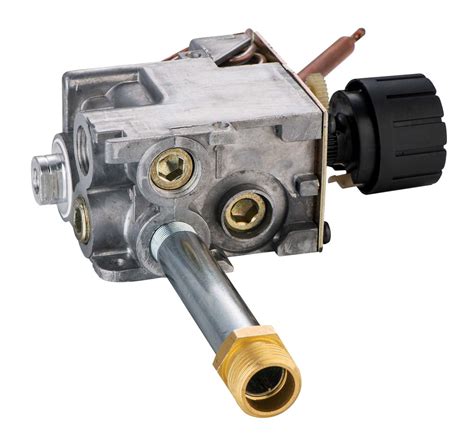 Read more: Flame Sensor: Tips and Tricks You Should Know
Read more: Flame Sensor: Tips and Tricks You Should KnowUnderstanding Flame Sensors What is a Flame Sensor? A flame sensor is an electronic device designed to detect the presence of a flame or fire and provide an output signal in response. These sensors are used in a variety of settings, including: Industrial facilities Residential buildings Automotive systems Heating appliances […]
-
PCB Thermal Conductivity and Its Importance
Posted by
–
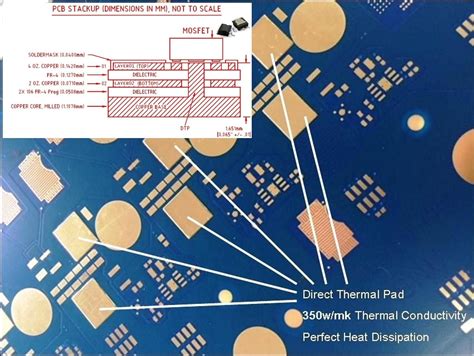 Read more: PCB Thermal Conductivity and Its Importance
Read more: PCB Thermal Conductivity and Its ImportanceWhat is PCB Thermal Conductivity? PCB (printed circuit board) thermal conductivity refers to the ability of a PCB material to conduct heat. It is a measure of how efficiently heat transfers through the board from hot components to cooler areas or a heatsink. Thermal conductivity is expressed in Watts per […]
-
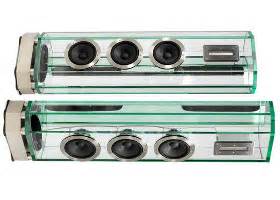 Read more: 7 Steps to Help you Create the Perfect Plasma Speaker
Read more: 7 Steps to Help you Create the Perfect Plasma SpeakerWhat is a Plasma Speaker? A plasma speaker is a type of loudspeaker that generates sound by using an electric arc to ionize the air, creating a plasma that vibrates and produces sound waves. This technology differs from conventional speakers, which use a diaphragm or cone to move air and […]
-
PCB Laminate Materials: The Ultimate Guide
Posted by
–
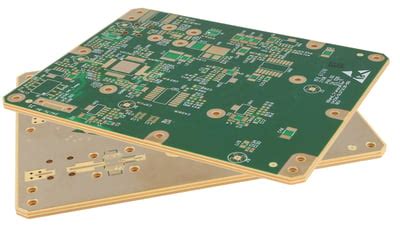 Read more: PCB Laminate Materials: The Ultimate Guide
Read more: PCB Laminate Materials: The Ultimate GuideTypes of PCB Laminates There are several different types of PCB laminate materials, each with its own unique properties and characteristics. The most common types include: FR-4 FR-4 (Flame Retardant 4) is the most widely used PCB laminate material. It is a composite material composed of woven fiberglass cloth with […]
-
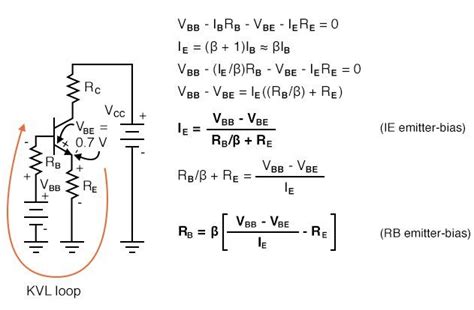 Read more: Pull Up and Pull Down Resistors: Correct Biasing Components for Digital Devices
Read more: Pull Up and Pull Down Resistors: Correct Biasing Components for Digital DevicesIntroduction to Biasing Resistors In digital electronics, biasing resistors are essential components used to ensure that digital inputs are correctly biased to a known logic level, either high (logical 1) or low (logical 0). Two common types of biasing resistors are pull up resistors and pull down resistors. These resistors […]
-
BJT Biasing: Everything You Need to Know
Posted by
–
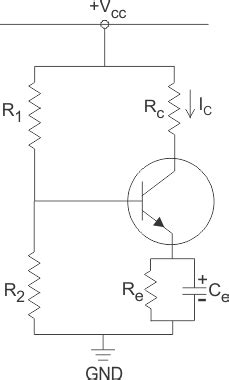 Read more: BJT Biasing: Everything You Need to Know
Read more: BJT Biasing: Everything You Need to KnowIntroduction to BJT Biasing Bipolar Junction Transistors (BJTs) are essential components in electronic circuits, playing a crucial role in amplification and switching applications. To ensure proper operation and optimal performance of BJTs, it is necessary to understand the concept of biasing. BJT biasing involves setting the operating point of the […]
-
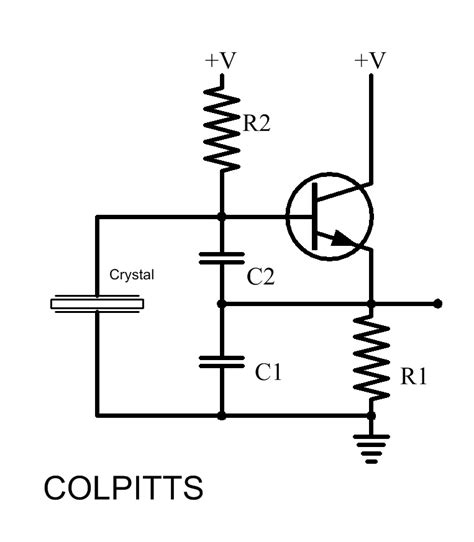 Read more: Colpitts Oscillator: Circuit Application and Its Advantages
Read more: Colpitts Oscillator: Circuit Application and Its AdvantagesIntroduction to Colpitts Oscillator The Colpitts oscillator is a type of electronic oscillator circuit that generates a sinusoidal output waveform using a combination of inductors and capacitors. It is named after its inventor, Edwin H. Colpitts, who patented the design in 1918. The Colpitts oscillator is widely used in various […]
-
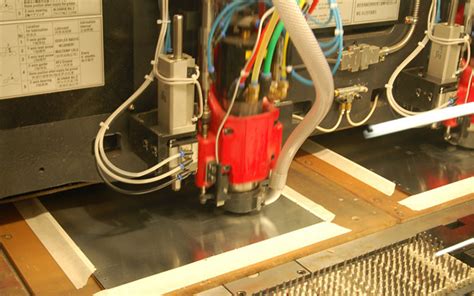 Read more: PCB Drilling: Definition, Types, and How It Works
Read more: PCB Drilling: Definition, Types, and How It WorksWhat is PCB Drilling? PCB drilling is the process of creating holes in a printed circuit board to accommodate electronic components and establish electrical connections between layers. These holes, also known as vias, serve as conduits for electrical signals to travel through the board, enabling the functioning of the electronic […]
-
2N5088 Transistor- When and How to Use It
Posted by
–
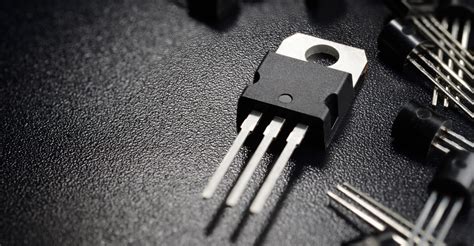 Read more: 2N5088 Transistor- When and How to Use It
Read more: 2N5088 Transistor- When and How to Use ItIntroduction to the 2N5088 Transistor The 2N5088 is a general-purpose NPN bipolar junction transistor (BJT) that is widely used in electronic circuits for amplification and switching applications. This transistor is known for its high current gain, low noise, and excellent high-frequency performance. In this article, we will explore the characteristics, […]
